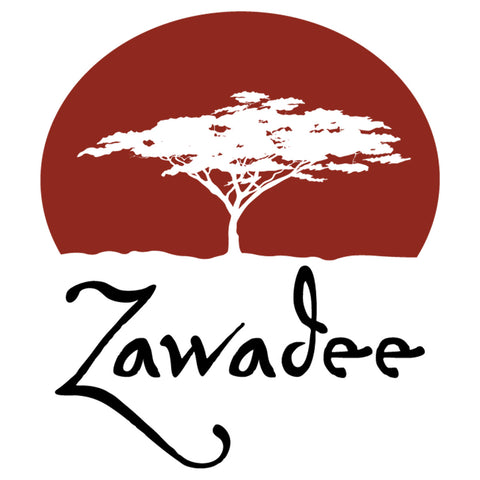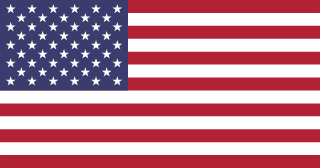The Mandingo of Sub-Saharan Africa
Referred to as Mandingo, Mandinka or Malinke, the Mandingo represent one of the largest ethnic groups in sub-Saharan Africa. Based primarily in West Africa, the population of Mandingo peoples is about 11 million. Spread across Mali, Senegal, Mauritania, Gambia, Guinea, Guinea-Bissau, Sierra Leone, Liberia, Burkina Faso, Ivory Cost, Chad and Niger, the Mandingo are thought to have links with the ancient Central Saharan lineage. Mandingo is a branch of the Mandé, which also includes ethno-lingual groups such as the Bozo, Bambara, Kpelle and Ligbi.
Music also includes drumming and playing a unique instrument, called the "Kora", which has 21 strings and is made by hollowing out half of a large gourd and covering it with cow or goat skin. It looks pretty complex to us!

Clan society is patriarchal with many people living in family compounds in rural areas. The Mandingo have a natural bent for seeking autonomy and self-rule, incorporating leadership by a chief and a group of village elders. Their homes are largely centered along trade routes built by merchants known as "Dyulas", who supervise the overland, coastal and inland trading. Trading in rice, groundnuts (peanuts), corn and millet along with animals, the economy is labor-intensive.
Traditionally, marriages are arranged, particularly in rural areas. The family of the potential groom sends a gift of kola nuts to the male elders of the family of the potential bride. If the gift is accepted by the family of the bride, the courtship is then allowed to begin. Since their pre-Islamic days, the Mandingo have practiced polygamy, allowing a man to have up to four wives - only if he is able to care for each wife equally. The first wife has authority over subsequent wives and wives are expected to live communally, sharing responsibilities like cooking, laundry and house-keeping. The Mandingo people have an interesting history that can be traced back many centuries. Kofi Annan, the former U.N. Secretary General is of Mandingo ancestry. Don't miss any of our articles, blogs, updates or recipes! Sign up for email updates.





